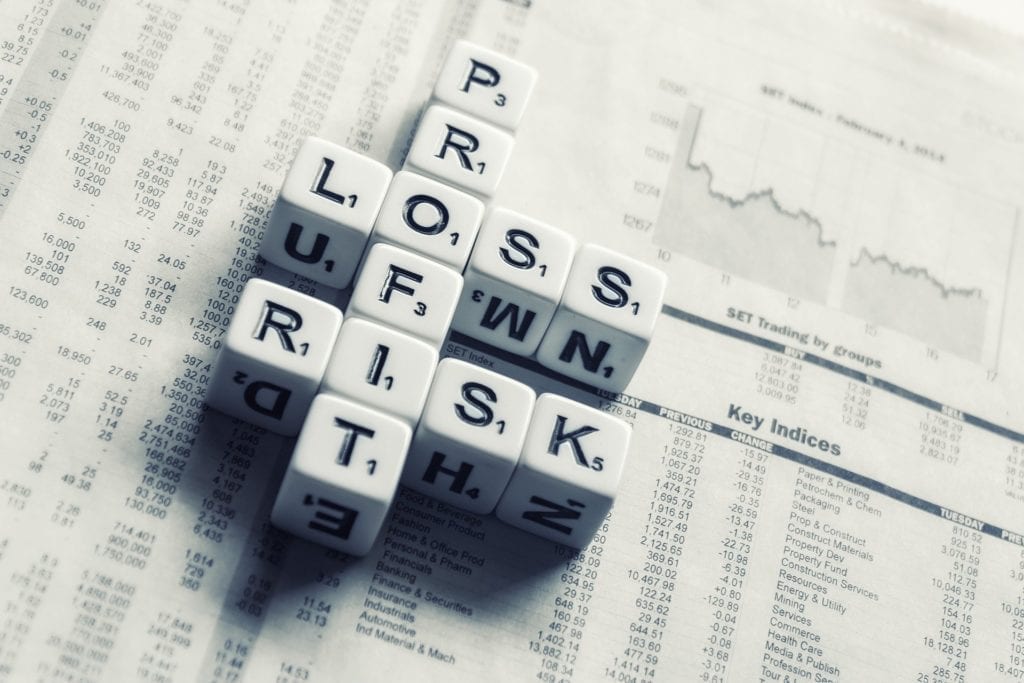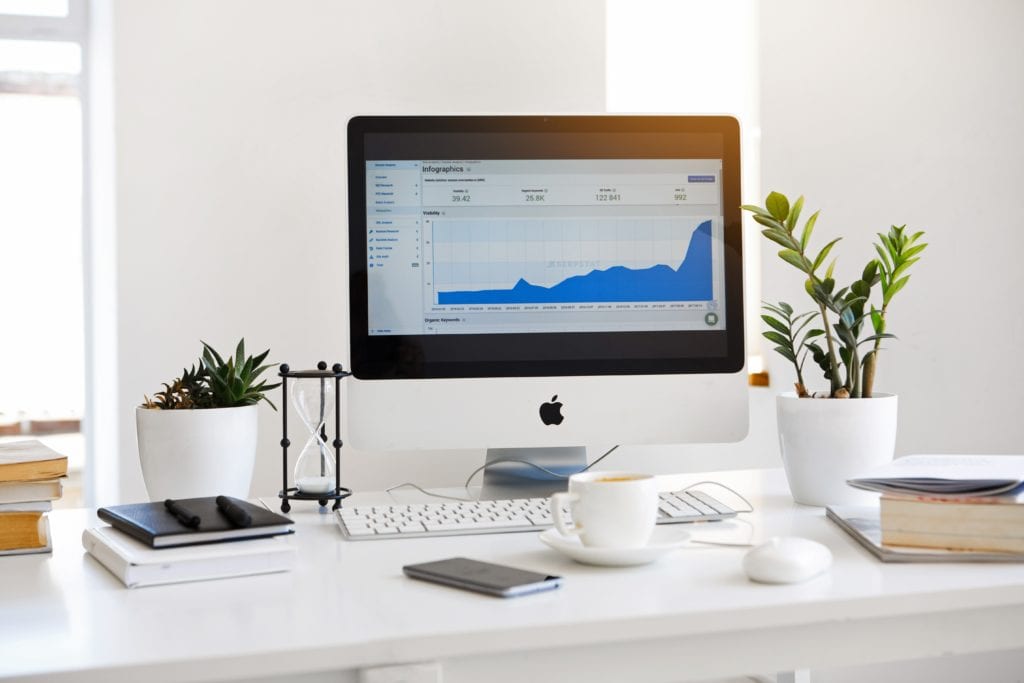By Lorenza Brock in cooperation with Sak Shariff, founder of PersonalFIREnance.com, an advocate and advisor on how to achieve early retirement through investing.

Demystifying investing
For many people, just the mere concept of investing brings chills down my spine! So, the first thing I want to do it to demystify this but reassuring you that investing does not need to involve angry people wearing suits screaming at each other nor a heart attack on a plate! Most importantly, you do not need to be a professional stock broker nor wealthy to have a taste of it.
All you need is some spare cash (even as little as £50 a month), the mindset (educating yourself not to panic and why) and learning a few tools that will allow you to decide how to invest along.
Long are gone the days where investing was just for the Wolves of Wall Street. Today, investing for beginners is much easier and simpler than ever before, so if you are curious about investing and you have a little money to play with, read on!
What is investing?

When you put money in a bank, that money sits there earning very little interest until you need it. It’s essentially secure but earns you very very little.
When you invest in the stock market, you are buying something that you believe will increase in value over time. The hope is that you will get a profit (the share is worth more than you paid for it) but there is a possibility you will get a loss (the share is worth less than you bought it). You must always remember that there is a risk and that there are no guarantees: it’s a gamble.
You can invest in all types of things, from gold to bonds, shares and cryptocurrencies. To keep it simple, since this is a beginner’s guide and investing does not need to be complicated, let’s look at the two most well-known forms of investment: shares and funds.
- Shares: when you buy a share, you are buying a tiny stake in a company. Those shares can, and do, go up and down in value for various reasons. When the company performs well you get a profit but when the company performs badly your investment may not grow and, worst case scenario, you lose the money you invested.
- Funds: Funds are baskets of companies but they can even be baskets of other funds which are baskets of companies. Professional fund managers manage some funds, but that doesn’t mean they do the hard work for you, or that they are any good. Most managers underperform the market, for example they do worse than the market average. It’s difficult to know who will perform best going forward. For managers – the past definitely does not predict the future. Not all funds are managed, for example tracker funds are not, so companies are automatically added or removed when they drop out of the index due to bad performance etc. This is why it’s a good idea to cut out the middleman and invest in tracker funds, which give you the market average. Another way is to invest in sector funds or individual companies directly if you know about the sector (perhaps because you work in that industry).
Bear in mind that on top of the share value, some companies also give you dividends. A dividend is a portion of the company’s earnings paid to its shareholders (you). When funds get dividends from shares of companies they own, they can also pay those dividends out to you.

It’s important to understand that the greater return you want, the greater risk you’ll have to take, so you might want to start off with funds where your return might be lower but less risky. Tracker funds are an excellent way to start investing and they can be great fun as you can invest in anything you are interested in: from tech to pharmaceutical, from properties to cars. What is interesting is to look at the future and start thinking what will be needed in the years to come. For example, will water become scarcer and more valuable? Will more and more people suffer from diabetes as obesity and urbanization grows? Or perhaps you are considering a property fund because you are keen to step on the property ladder but can’t afford to buy a house.
One piece of advice, as for all things, never keep all your eggs in one basket. Diversify your portfolio by investing in different companies, industries and regions and review it from time to time.
Is investing good for me?

As a rule of thumb, you should never ever invest more that you can afford to lose. This is because it is important to underline that investing, no matter what you invest on, is a bit like gambling. The market goes up and down in pretty much a cyclical way. Sometimes it may be down for a short period of time, sometimes it might be down for a long time. You need to be prepared to having to wait out those downward waves.
In order to do this, make sure you save up an emergency cushion fund for a rainy day or for the market downturn. Make a list of any repayments you might have such as loans, mortgages and credit cards and consider paying off your debts before venturing into investing. As a general rule, if you invest any sum of money make sure you don’t need it for at least five years. Why five years? Because it is relatively rare, but of course not impossible, for the stock market to experience a downturn that lasts longer than that. Investing is a long-term game, so if you are looking at investing short term, perhaps you are better off considering more conservative options such as a savings account that offer shorter locked in periods.
How much to invest?

Investing even very small amounts can reap big rewards. Do not walk away from investing simply because you think it’s a game for the big wealthy fishes. In fact, as you start, it’s best to start with small sums so you can see how you feel about it and what works for you.
The best thing to do is to invest a little every month rather than all in one go. It’s also important to invest the same amount of money every month whether or not the market is going up or down. This will help to smooth out the price you pay for any shares you buy, because share prices (and fund prices) can vary quite a lot in the short term. When prices are low you get more shares of a company (or more units of a fund) for your money and when prices are high you get less.
You can think of buying shares in the same way you might buy anything else in the shops. When stores have a sale on, you can buy more items for the same amount of money. Similarly, when stock market prices are low you can buy more shares for your money because they are on sale too. It’s buy one get one free! When prices recover, you will own more shares that you have bought cheaply and fewer shares that you have bought when they were expensive. The trouble is no one knows when stock prices will be high or low, or when they might go even higher, so investing every month takes the worry, and risk, out of trying to time the market.
How to avoid the panic: it’s all in the preparation and the mindset!

Once you have saved up an amount of money you can play with and secured an emergency cash fund, you have one more question to ask yourself before you start investing: what is your risk tolerance? Are you someone who worries? If you are, maybe this is not right for you. It is important to understand that once you have invested in something, assuming you are a beginner and want a relatively easy ride with not too much interaction, it is unhealthy to keep checking it day in day out. Let me give you an example: if you bought a house, would you be checking the value of your house against the property market every day? Probably not! You would likely sit on it for a few years and consider selling it when the market is up. Investing is the same.
Investments can go down as well as up. Don’t be tempted to sell or buy shares just because everyone else is and you are panicking! Similarly, don’t believe everything you hear. Everyone has an opinion. Keep your ears open but do your own research!
Before you throw in the towel, reflect on this: in the book “never split the difference” by Chris Voss, the author talks about loss aversion showing that “people are statistically more likely to act to avert a loss than to achieve an equal gain”. This is because we feel the pain of a loss more than we enjoy the equivalent gain. At the moment you are likely to gain 1.35% to 2.1% on a bank savings account versus an average of 7% when investing.
Warren Buffett has famously said that a low-cost index fund is the best investment most Americans can make — and choosing individual stocks only if you believe in the company’s potential for long-term growth.
Open an investing account

To invest in the stock market, you need a trading account. There are many options out there and each of these accounts will offer you different benefits, choices and charges.
Here is a list of the best known stockbrokers for UK investors.
Personally, I find the Interactive Investor trading accounts very easy to use as well as cheap. You can open an account from as little as £9.99 a month and if you invest monthly, that money goes towards your trading costs, meaning you essentially have low or no charges if you invest regularly.
I am a bit of a lazy investor, in the sense that I don’t like having to check my portfolio too often, so I find investing mostly on funds makes my life easier yet bringing in good returns. Another platform I use for indexes is Vanguard. Here you can find a good selection of funds with good dividend returns. Worth checking it out.
Start investing

Now you have a trading account you can start investing.
It’s good practice to do a little bit of research before you commit to buying.
There’s a lot of good websites out there that can help you form a decision. You can even follow what famous investors do, for example on GuruFocus, to get a feel for it. Yes, you will not be able to invest when they do, as the reports are delayed by a few months, but it will give you a feel for the kind of shares they are buying. It will also help you practice with checking company performances.
You might also want to check out the Interactive Investor beginners’ guides which offers information on a range of investments as well as a glossary of terms that you might come across as you invest while Bestinvest is good for checking out the monthly reports on more than 85,000 funds.
Remember that trading individual stocks is always riskier than investing in index funds. This is because an Index fund offers a large selection of stocks within one fund so your risk is diversified
Don’t forget your Stocks & Shares ISA!

If you live in the U.K. it’s worth remembering that every year you get a £20,000 ISA allowance. An ISA, or Individual Savings Account, is a scheme allowing individuals to hold cash, shares, and unit trusts free of tax on dividends, interest, and capital gains. It’s a tax-efficient way to save and invest your money as you don’t pay Income Tax or Capital Gains Tax on the interest or returns your money makes. However, you must remember that once the tax year is over if you have not used all your allowance you will lose it.
A common way, if not the first thing you should consider, is to start investing via Stocks & Shares ISA as if you use your ISA allowance to invest, you’ll protect more of your money from tax.
You can invest this as one lump sum or smaller amounts. You can choose to use all of this ISA allowance for a Stocks & Shares ISA, or you can put some in a Stocks & Shares ISA and the rest in a cash ISA.
To invest via a Stocks & Shares ISA, all you have to do is open a Stocks and Shares ISA at your chosen stock broker. This will mean that any dividends or profits you make will be tax free.



